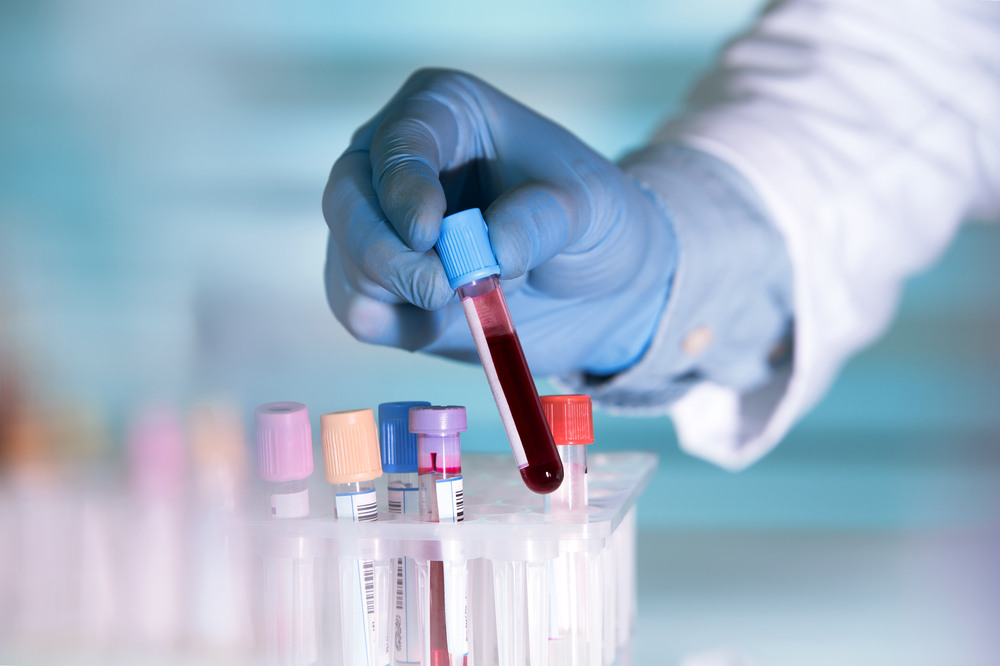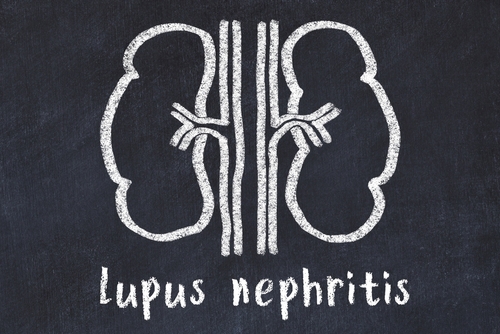
In a study published in the Journal of Endocrinological Investigation, researchers from Hospital Garrahan in Buenos Aires, Argentina, led by M. Del Pino, theorized that body disproportion at adulthood in patients with hereditary Hypophosphatemic rickets indicates a slow growth velocity of the legs. Researchers assessed pediatric patients, classified by their adherence to conventional treatments, and found that, “for all patients the growth spurt was slower, secondary to a short growth spurt of limbs, reaching a short adult height with body disproportion that was more prominent in the poor compliance group.”
The study included of 46 pediatric patients with hereditary hypophosphatemic rickets. Patients who reached adult height were assessed for genetic variations, which were then reviewed for any associations with treatment compliance.
According to the authors, molecular testing showed “sequence deleterious alterations or large deletions in 36/42 patients.” Furthermore, 76% of patients grew below –1.88 standard deviation score (SDS) and 97% had body disproportion in childhood. In adolescence, the mean peak height velocity for the high treatment adherence group was 7.8 cm/year (SDS, 0.6) for boys and 7.0 cm/year (0.7) for girls, compared to 5.4 cm/year (0.4) for boys and 5.2 cm/year (0.8) for girls in the low adherence group. During adulthood, the median sitting height to height ratio was 2.32 and 6.21 SDS for the high and low adherence groups, respectively. Additionally, “the mean pubertal growth spurt of the trunk was –0.8 (1.4) SDS, with a short pubertal growth spurt of –1.8 (0.4) SDS for limbs in the high adherence group.” Finally, the median adult height in 13 out of 29 males and 30 out of 67 females was –4.56 and –3.16 SDS, respectively.
Taken together, the study’s authors judged that poor adherence to conventional medications, such as phosphate supplement and calcitriol, was associated with short adult height and more prominent body disproportion.







 © 2025 Mashup Media, LLC, a Formedics Property. All Rights Reserved.
© 2025 Mashup Media, LLC, a Formedics Property. All Rights Reserved.